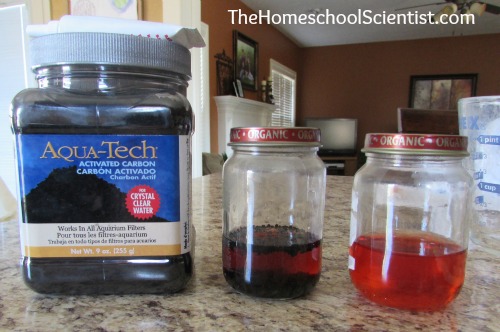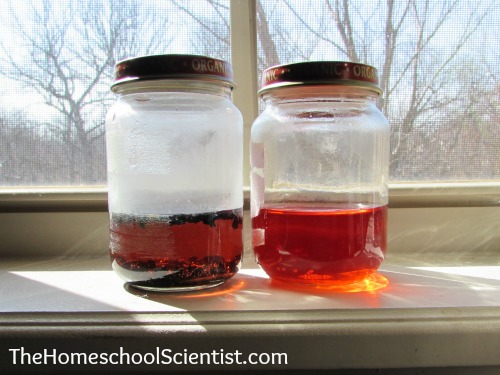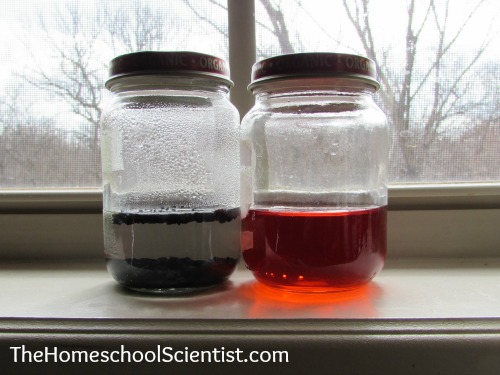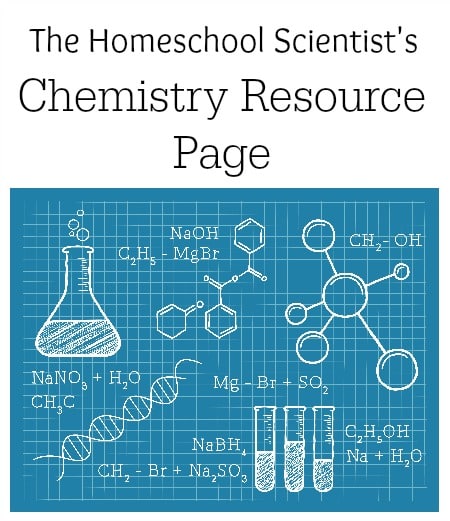Charcoal Water Purifying Experiment

Do you use some sort of charcoal water filter in your home? You might have a pitcher with a charcoal filterr or a filter that attaches to your faucet. Have you ever wondered how that process actually works? Try this charcoal water purifying experiment to learn all about it!
Science Experiments For Independent Learning
My seventh grader is becoming more and more of an independent learner. One of the ways we have fostered this is through science experiments like this one. She was given several good experiment books and told to choose an experiment and do it.
From start to finish, she is responsible for the experiment. Of course, she can ask questions or get help if she needs it, but I have found that the more she does the experiments, the less help she needs.
During the experiment, my daughter keeps notes on an experiment sheet. The rest of this blog post is her lab report as recorded on her experiment worksheet.
This charcoal water purifying experiment is a great experiment for middle school students to try on their own.
Can Charcoal Remove Molecules From Water?

Hypothesis
My pre-experiment hypothesis is yes, charcoal can remove molecules from water. This is based on my knowledge of using charcoal filters to clean water.
Materials
- a measuring cup
- a teaspoon
- 2 baby food jars with lids
- activated charcoal
<<Click the link to purchase the exact charcoal you’ll need for this experiment.
- water
- red food coloring
Procedure
Fill a measuring cup with 1/2 cup of water. Add 8 drops of red food coloring to the water and stir until mixed. Now, add 1/4 cup of colored water to each of the baby food jars.
To one jar, add 2 teaspoons of the activated carbon. Put the lids on both jars and set the jars in a place where they won’t be disturbed for a couple days.
Note the color of the jars when the carbon was added, 4 hours later, 24 hours later, and each day for 3 days.
Observations and Results
At the beginning of the experiment, the color of the water in the jars was the same.


By the next day, the water was almost totally clear in the activated carbon jar and the other jar was just as red as the beginning. On the second day after the experiment began, the water in the activated carbon jar was totally clear.
Conclusion
My results conclude that my hypothesis was correct. Charcoal can remove molecules from the water.
What Happened?
Activated charcoal is charcoal that has been specially treated to create cracks and holes in the charcoal. This treatment process is called activation and involves heating the charcoal to a high temperature. The high temperature changes the structure of the charcoal and makes it more porous and causes cracking. The cracking creates a greater surface area and more bonding sites. It is these binding sites that attract many chemicals in liquid and chemical form.
The food coloring is made of molecules. These molecules are bigger than water molecules.
When the food coloring, water, and charcoal are mixed together, the food coloring molecules break their bond to the water and attach to the carbon molecules of the activated carbon.
When the food coloring molecules (a liquid) “unstick” from the water (another liquid) and attach to the activated carbon (a solid), this is called adsorption. Adsorption happens when a liquid molecule separates from another liquid molecule and attaches to the molecule of a solid.
This is how the activated charcoal is able to remove the food coloring from the water. The food coloring molecules bind with the charcoal and come out of the water solution. This property of activated charcoal is what makes it a great filter/purifier.
Try this at home with your kids or let them try it for themselves!
For More Chemistry Activities
Check out The Homeschool Scientist’s Chemistry Resource Page!
Check out our printable unit on The Periodic Table of the Elements

I hold a master’s degree in child development and early education and am working on a post-baccalaureate in biology. I spent 15 years working for a biotechnology company developing IT systems in DNA testing laboratories across the US. I taught K4 in a private school, homeschooled my children, and have taught on the mission field in southern Asia. For 4 years, I served on our state’s FIRST Lego League tournament Board and served as the Judging Director. I own thehomeschoolscientist and also write a regular science column for Homeschooling Today Magazine. You’ll also find my writings on the CTCMath blog. Through this site, I have authored over 50 math and science resources.


